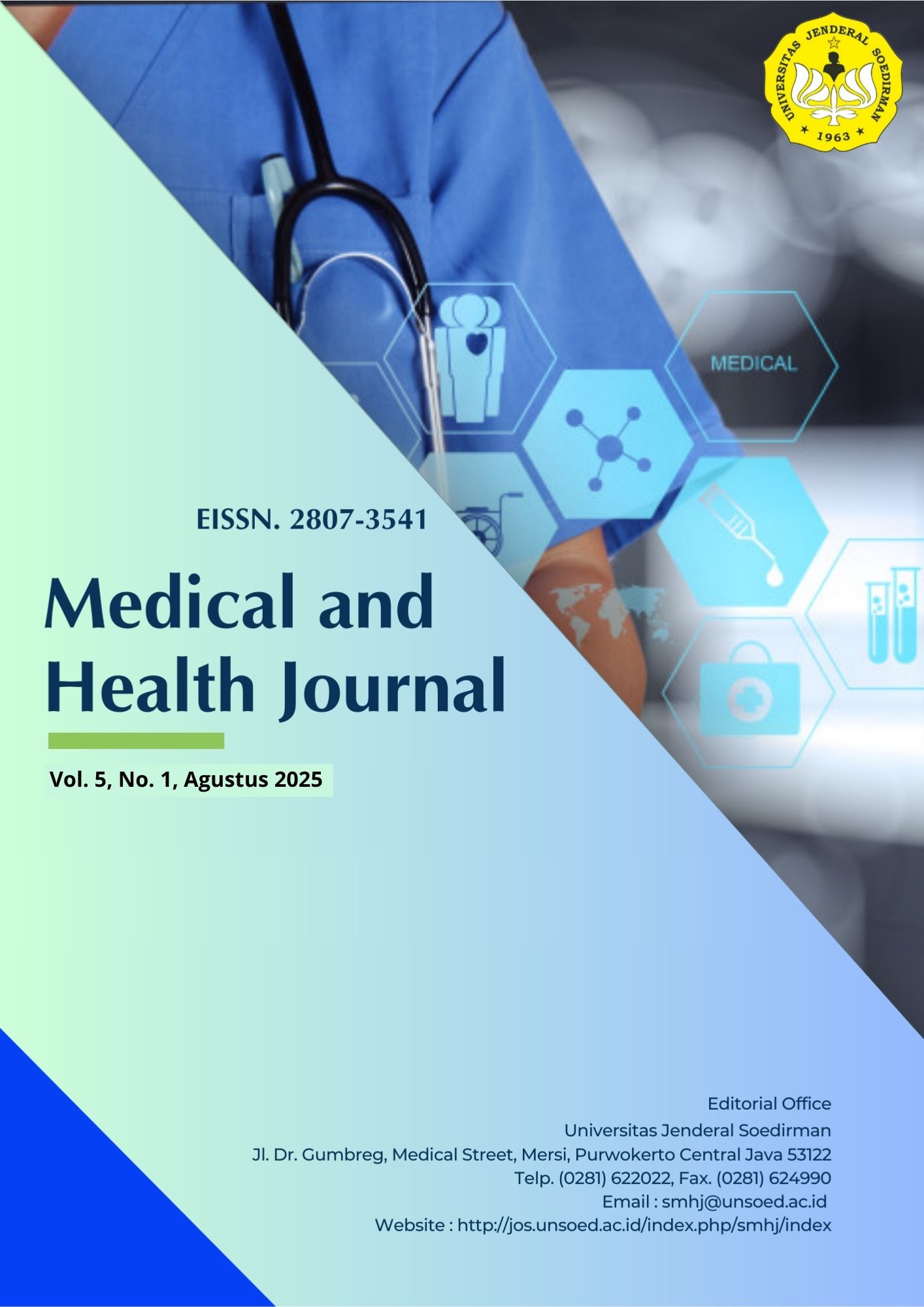Evaluation of Medication Planning Management Using ABC-VEN Analysis at Hospital X Purwokerto
Abstract
Background: Pharmaceutical expenditures represent a significant portion of hospital budgets, underscoring the need for efficient inventory management to ensure medicine availability and avoid financial losses. Objective: This study aimed to evaluate the medication planning and procurement process at Hospital X using the ABC-VEN matrix to classify drugs by cost and clinical importance. Methods: A retrospective, descriptive study was conducted using procurement and planning records from January to December 2024. Results: ABC analysis revealed that 10.9% of drugs (category A) accounted for 70.13% of total spending, while 21.8% (category B) contributed 20.15%, and 67.18% (category C) represented only 9.72%. VEN classification identified 15.6% of drugs as vital, 74.22% as essential, and 10.16% as non-essential. The integrated ABC-VEN analysis categorized 20 items as Priority (P), 95 as Main (U), and 13 as Supplementary (T). Conclusion: The ABC-VEN approach effectively identified priority medicines, enhanced planning efficiency, and supported rational resource utilization in hospital pharmaceutical management.






